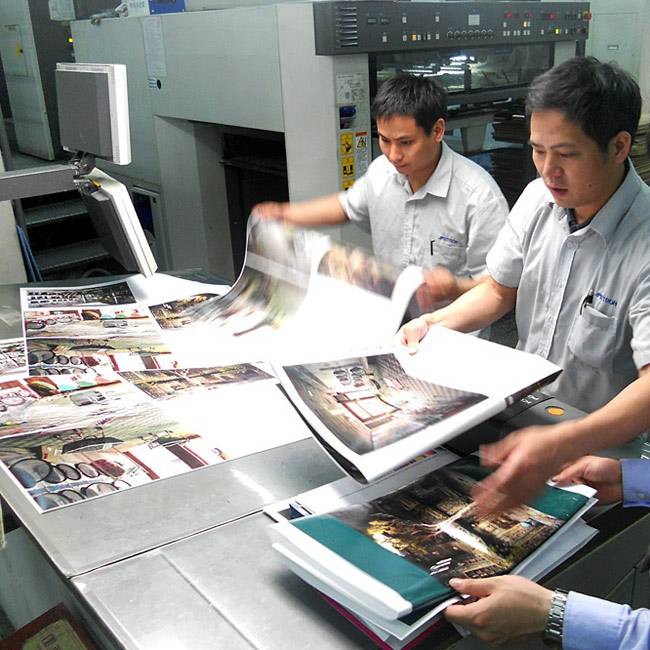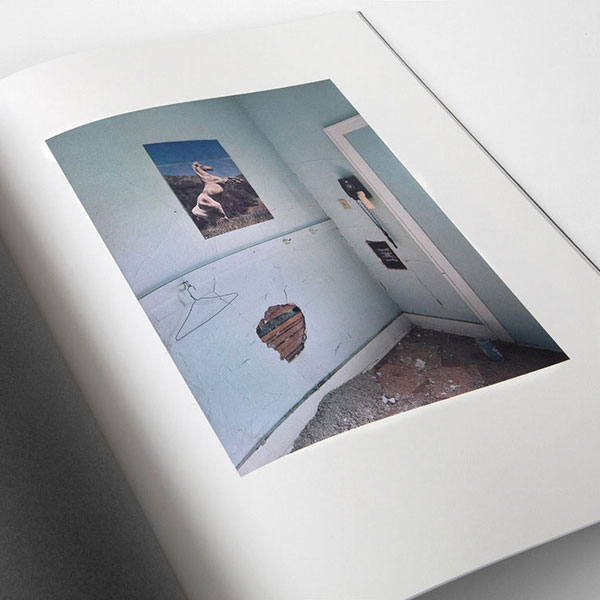Open Book: Christian Patterson + Paul Schiek
The pair talks about publishing and why print isn’t dead, ahead of the New York Art Book Fair

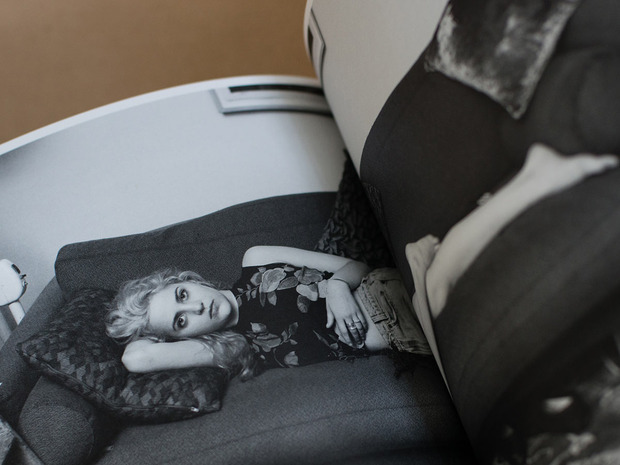
In our third and final installment of interviews surrounding art book publishing, which leads into the New York Art Book Fair this weekend, we talked to Christian Patterson—the artist behind one of the most successful photographic books in years “Redheaded Peckerwood”—and photographer Paul Schiek—founder of the Oakland, CA-based independent publishing company TBW Books. TBW is known for its quarterly limited-edition project “Subscription Series,” which invites artists to explore their photographic work however they wish, in book form. This year, one of the four is Patterson.
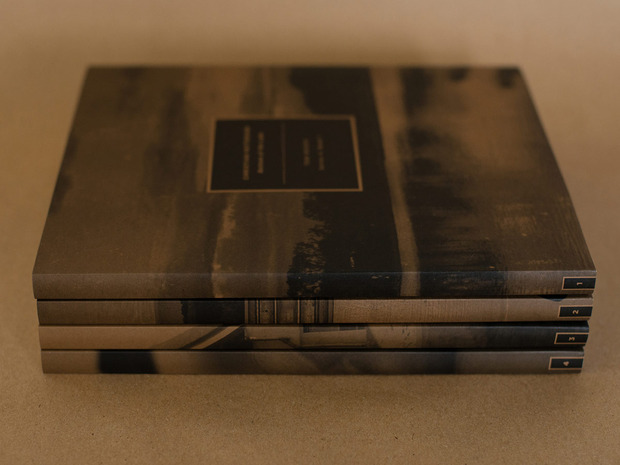
Even before the overwhelming success of your book “Redheaded Peckerwood,” you seemed to have a strong interest in photo books. What’s the appeal of the book for you as an artist?
Christian Patterson: My encounters with art have always been through both books and exhibitions. It feels natural to me to experience art in both formats—and to present my own work utilizing the experiential potential that each of these formats offers. The book form offers a sequential and often highly narrative, immersive, intimate and tactile experience. Books are portable, in every sense of the word: They physically and emotional convey and transport. When you open a book, you open the door to another world, and that world within the book can be re-read, re-experienced and reactivated at any time.
It’s easier than ever now for artists to self-publish. How has this DIY approach changed publishing?
CP: I’ve never self-published any of my work, beyond one extremely limited edition, handmade book maquette. I can say, however, that I think self-publishing sometimes better enables artists to more purely realize their own visions for their own books. This comes with a certain individual responsibility and risk. It also removes the layers of critical filters from the more traditional publishing process, where one or more other people share a dialogue about the work and its ideal presentation as a book. This sometimes results in books that could have been better realized. Good book craft is a specific skill; not all good artists are good book artists or book makers.

What recent changes in publishing are you most excited about?
CP: The past several years have brought greatly increased activity, attention and critical discourse in the art book world, and many great books, and that has been exciting.
What publishing projects are occupying your time these days?
CP: I have recently completed two small books for two group book projects. TBW Books will debut my new book “Bottom of the Lake” at the 2013 NY Art Book Fair. The book is part of TBW’s latest “Subscription Series,” a set of four new books by Raymond Meeks, Alessandra Sanguinetti and Wolfgang Tillmans. Super Labo will debut my new book Lost Home at Paris Photo 2013. The book is part of Super Labo’s “Lost Home” project, a set of 10 artist books by Harvey Benge, JH Engstrom, Roe Ethridge, Takashi Homma, Ron Jude, Daido Moriyama, Slavica Perkovic, Bertien van Manen and Terri Weifenbach.

Paul, when did you begin in the publishing business?
Paul Schiek: Technically it started in 2005 while I was finishing my undergrad training as a photographer. I made a book called “Good By Angels” that acted as my senior show.
Changing technologies mean artists have more options for getting their work out there. Why is the book format still important?
PS: I think a book is a validation of the labor and thought that you have put into something. Books represent commitment to your subject matter and respect for your own work. I think of artists as important and equal to plumbers or doctors. To be each one of those professions implies you are serving a community and you have done the legwork and training accordingly to properly do your work. I think the same for real artists. A book validates your efforts. It’s surprisingly still respected by others.
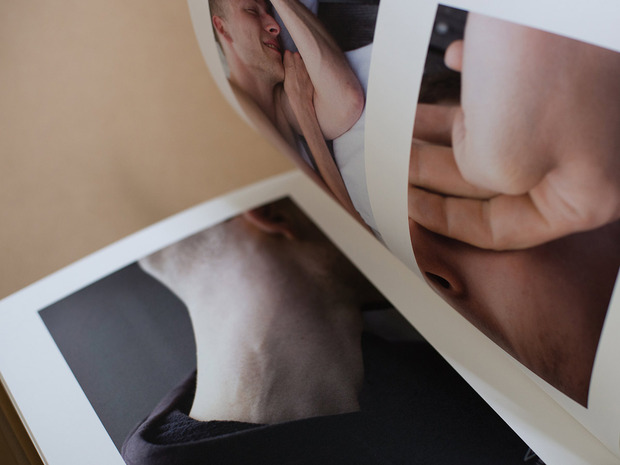
Publishing an art book is rarely a big money-making venture. What makes you want to invest in an artist’s work?
PS: Every time I make a book, I think of all the other terrible things I could be doing with my time. I love paper, ink, materials and working with interesting people who have new, and to me, exciting ways of interpreting and speaking with the photographic vocabulary. I think of these artists as really unique voices in the world and it’s an honor to work with them. When they work hard on the books and I work hard on the books, in the end if both parties can look at the book and feel a sense of accomplishment then, I’m able to look at it as a success—despite my accountant’s insistence it was certainly not successful.
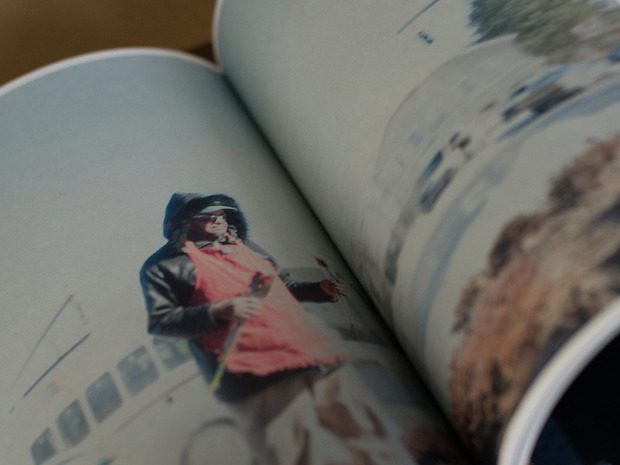
What projects are occupying your time these days?
PS: I really enjoy spending a certain amount of time making a very unique and limited edition for many of the titles TBW does. I employ various fabricators and artisans to combine their efforts to come up with a sculptural object with a higher price that a select few collectors get a lot of enjoyment out of owning. These are usually done in conjunction with another release and are in editions of about 20. The last one I did, I was able to hire a welder, and a really interesting sign-maker to help me execute some designs that ended up being the main parts to the piece. I really enjoy these projects because it speaks to my love of materials, fabrication, labor and collaboration.
Online ordering for “Subscription Series 4” from TBW Books will begin 1 October 2013. Only 50 signed subscriptions and 750 unsigned subscriptions are released.
Images courtesy of TBW Books
